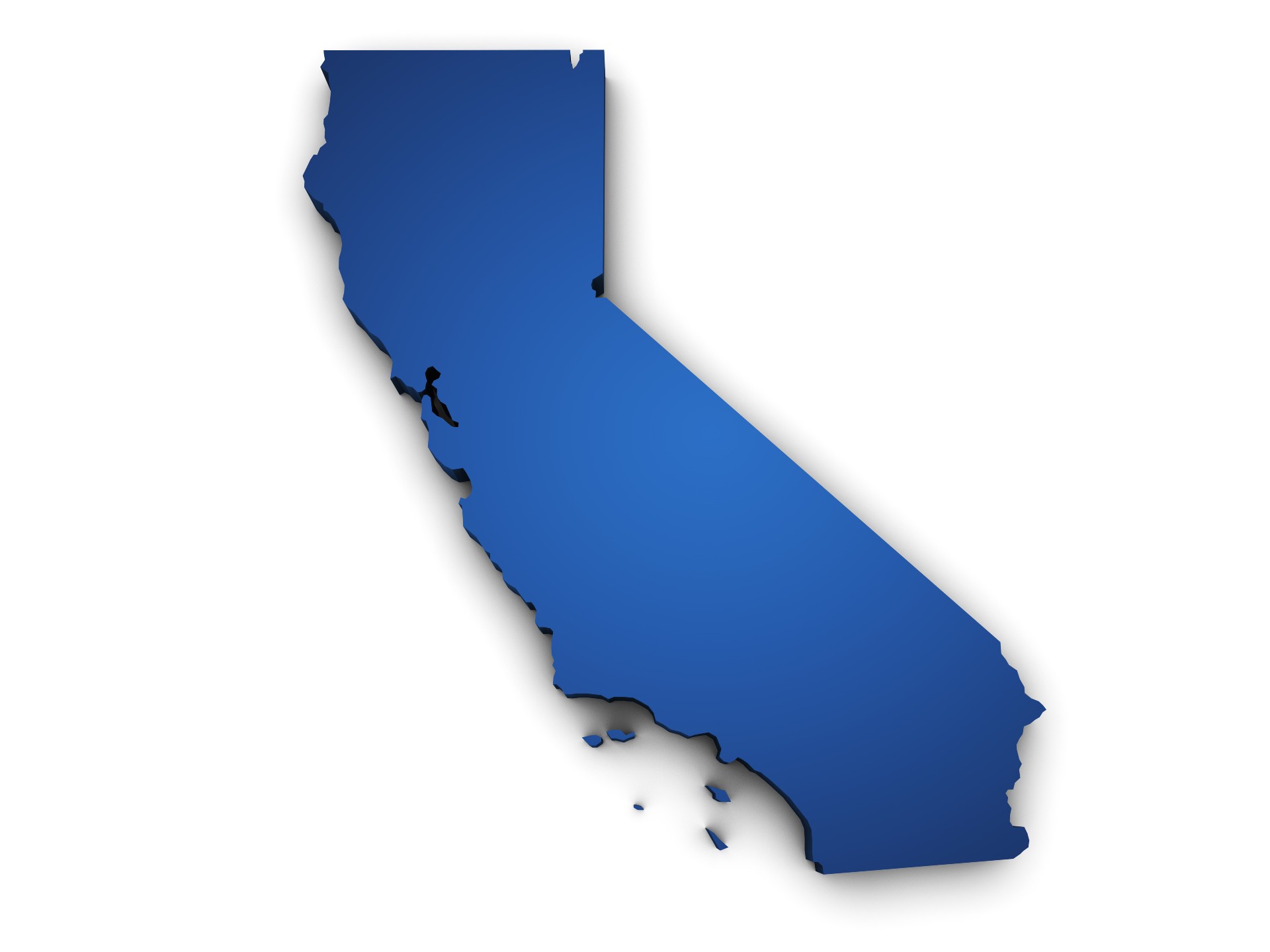NICK ORABOVIC
In the summer of 1936, 40,000 people were on hand when New York’s Red Hook pool opened. The New York Times described it as “Red Hook’s social event of the year.” A few weeks earlier, when Colonial Park Pool (now known as Jackie Robinson Pool) opened, the dedication event featured Bill “Bojangles” Robinson, who entertained a crowd of 25,000, according to the New York City Department of Parks & Recreation.
New York opened nine other pools that summer, all built through the federal government’s Works Progress Administration. Between 1933 and 1938, the WPA built nearly 390 pools across the nation. In total, approximately 2,000 pools and wading pools were built as public works projects, and millions of people went swimming.
Fast-forward to today and it appears the Great Recession has had the opposite effect.
During summer 2011, the city of New York closed three pools and shortened the swim season by two weeks. On the federal level, pools were not part of the stimulus plan, and since 2009 approximately 350 pools have closed their gates, based on media reports and Aquatics International research. Ironically, at least a few of the pools on the chopping blocks are the same facilities built to put people to work and bring the nation back to prosperity in the 1930s. One of those pools is Liberty Bell Pool at Roosevelt State Park in Pine Mountain, Ga., said to have been named by FDR himself, on one of his frequent visits to the area.
“It’s scary how many pools are closing. From little villages that have just one pool to cities that have many,” says Sue Nelson, aquatic program specialist at in Colorado Springs, Colo., “Right now it’s almost to the point where you have to develop something and take that chance. If not, the doors are going to close.”
With municipal governments still facing huge deficits, now is a truly a “sink or swim” moment for many aquatics facilities. Nearly 90 percent of cities were less able to meet fiscal needs in 2010 than the previous year, according to the National League of Cities. Things don’t look much better this year, and because today’s public pools are viewed as venues primarily for recreation — rather than serving a valuable public health and safety need — experts say they’re vulnerable to budget cuts.
In a 2010 survey of approximately 475 Aquatics International readers, 44 percent of respondents said the primary reason patrons utilize their facilities is for recreation, and 70 percent said their operations have been directly affected by budget cuts as a result of the recession.
To reverse the trend and keep the doors open, experts such as Nelson agree it’s time to re-engage the public and bring back those big attendance numbers by waging an all-out war to promote the power of water and show today’s society the true value of aquatics.
How did we get here?
So how did pools go from being part of an overarching government solution to hard times to the pariah of the budget sheets?
Simply put, people aren’t visiting public pools like they used to. In the summer of 1937, more than 4.3 million people used the public pools in Philadelphia. Today, municipal pools in the city draw, on average, approximately 1 million visits, according to Lisa Whittle, aquatics coordinator.
The earliest commercial pools were essentially public baths, built to improve the hygiene and health of poor inner-city immigrants. But for much of the 20th century, people went to pools because they were a hub of social activity, says Jeff Wiltse, author of Contested Waters: A Social History of Swimming Pools in America (University of North Carolina Press, 2007) and associate professor of history at the University of Montana, Missoula, Mont. Early operators enticed even nonswimmers with entertainment such as high-dive shows, swimsuit competitions and synchronized swimming exhibitions — and, later, suburban swim and tennis clubs held picnics and barbecues for members.
Perhaps that explains why a 1933 National Recreation Association survey found “almost as many people swam frequently as went to the movie regularly.” The National Sporting Goods Association’s 2010 participation survey showed that 51.9 million individuals age 7 and older participated in swimming more than once in 2010. By comparison, U.S. theaters sold a staggering 1.33 billion movie tickets in 2010, based on data from the Motion Picture Association of America.
Today, pools are seen as a place primarily for kids, and “we’ve positioned swimming as a sport rather than a lifestyle,” says Bruce Wigo, president/CEO of the International Swimming Hall of Fame, based in Fort Lauderdale, Fla.
The shape of success
Now that people can socialize in their backyard pools and the old-fashioned bathing beauty contests are, for the most part, a thing of the past, Americans need another reason to visit the public pool.
“People are willing to pay for something useful and beneficial. … If we can make the pool the place to go to, we have something,” Wigo says.
One key is promoting aquatics for fitness.
Aquatics professionals have intuitively understood the health benefits of aquatics for years, yet according to the 2010 AI survey, only 20 percent of respondents said the primary reason for their pool use was fitness.
“We should be marketing that [aquatics] is a fitness program for preventative health care,” Nelson says.
Aquatic fitness programming is ideal because it is low impact and appeals to a wide cross section of adults and seniors. Moreover, it can be an essential tool in curbing America’s obesity epidemic. Almost 35 percent of adults over age 20 are obese, according to 2007-2008 data from the Centers for Disease Control and Prevention. Another 34 percent are overweight.
Mayo Clinic research suggests that a 160-pound individual can burn 500 calories per hour of swimming, and studies show a significant improvement in body composition following participation in aquatic exercise programs, notes Julie See, president/director of training at the Aquatic Exercise Association, based in Nokomis, Fla.
Baby steps
But before the industry can expect the public to respond to opportunities to improve their health through aquatics, it has to start with learn-to-swim.
A 1998 Gallup study showed that 46 percent of adults are afraid of deep water in pools. More recently, in a 2011 survey by the American Red Cross, 21 percent of respondents assessed their swimming skills as fair, poor or nonexistent. That data indicates more exposure to learn-to-swim opportunities are needed.
“Some public pools are providing a full program of swim lessons … starting with water safety education and infant programs, but there are other public pools that do not,” Nelson says.
Promoting swim lessons requires educating parents, Nelson adds. They need to understand why learning to swim is so important for drowning prevention — Consumer Product Safety Commission data shows approximately 4,400 children age 5 and under were treated for pool- or spa-related submersion injuries in 2010 — as well as how swimming skills can help with future careers.
The bottom line
Looking back, it becomes clear that aquatics was seen differently during the Depression because a lot of people went to pools, and the pools made money.
If pools saw big attendance today, they would be still be justifiable “through the number of individual unique users and also because these numbers would financially and politically support the facilities,” Wigo says.
In other words, to turn today’s struggling pools into the powerhouses of yesterday, programming needs to drive revenue.
The trouble is, “the industry is working under the paradigm that government agencies should provide pools and spas at little or no cost to the citizens,” says Tom Lachocki, Ph.D., CEO of the National Swimming Pool Foundation, based in Colorado Springs, Colo.
That’s why in many cases, prices remain too low to cover costs. Today, the fee for swim lessons varies widely, but in general, a block of half-hour, small-group lessons costs anywhere from $9 to $20, according to rough data from the American Red Cross and Mick Nelson, facilities director of USA Swimming. For a swim team, the average cost per lane hour is $10-$15, accommodating approximately five athletes per lane, says Kevin Post, project manager at Counsilman-Hunsaker in St. Louis.
Minimal fees are not enough to cover the large operating costs for many pools and, as a result, a large percentage of facilities have operated at a loss for years. In an autumn 2008 survey of approximately 615 Aquatics International readers, one-third reported operating their aquatics facilities with annual losses.
“We’ve changed how we use a pool, but we haven’t changed how we cover the costs,” Post adds. “[Pools] are lumped in with the library mentality [that they should be provided free or at low cost].”
That’s somewhat the case in Rushford, Minn. In 2008, administrators estimated that their pool lost approximately $20,000 annually. Since then they have reduced that deficit, but they still expect some loss.
“Our attempt is to reduce that loss as much as we can,” said Rushford City Administrator Stephen Sarvi. “The council fully understands that it’s going to be a loss, but it’s looked at as an amenity to the community. That’s why we built it.”
That philosophy holds true even for top facilities. Wigo says 50-meter pools can count on losing at least $1 million annually. Today most high-level events are held in university natatoriums, he adds, because those institutions have the ability to defray costs with tuitions, student fees and other funding such as endowments and bequests.
Such alternative donations and funding have kept many pools afloat in recent years. Today, Whittle’s facilities are only open due to the “Splash & Summer FUNd” established in 2009, when budget cuts closed nearly 25 pools.
But reliance on subsidies via donations is not generally a viable long-term solution. Instead, the key is “to start looking at ourselves as a business,” Sue Nelson says.
In the end, for aquatics to thrive again, no matter what kind of programs are offered at what price, it circles back to the fact that there has to be a perceived value to the user, adds Ken Ballard, president of Ballard*King & Associates in Highland Ranch, Colo. “I think the opportunities are there. It’s just a matter of pressing the benefits a little harder.”




